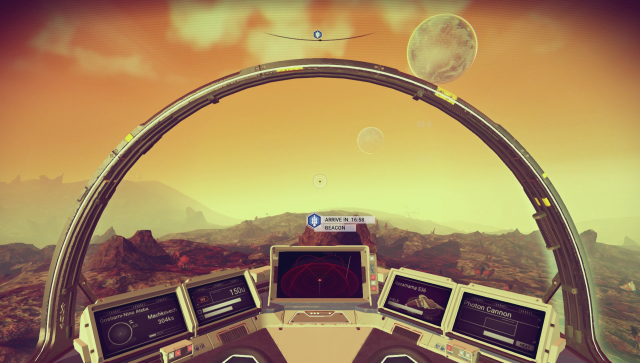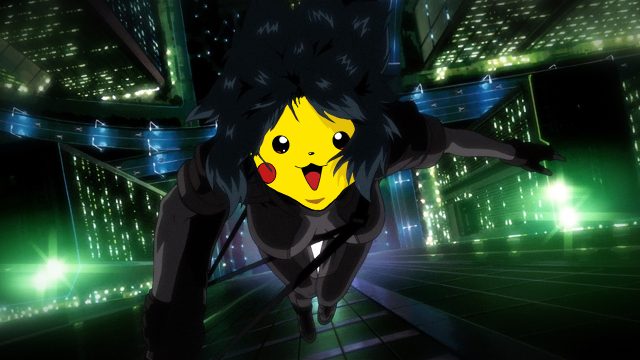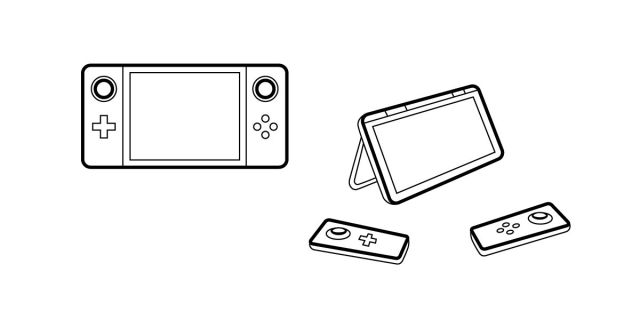
I'm sad to say that my experience with No Man's Sky so far aligns closely with the one Sam Machkovech recounted in our full review. The game's procedurally generated galaxy is beautiful to experience, but actually exploring that galaxy ends up being a mind-numbing grind. Faced with the need to give players something to do in an expansive, enchanting galaxy, developer Hello Games seems to have fallen back on creating very limited versions of the familiar types of gameplay we tend to see in much smaller, more hand-crafted games.
Thus, No Man's Sky features some perfunctory and unsatisfying space- and ground-based combat. There's a low-grade survival mechanic without much in the way of difficulty or appreciable stakes. There's a lot of mind-numbing resource collection and crafting to make minor improvements to your gear. There's a far-off "finish line" goal to work toward through a series of repetitive hyperdrive jumps. There's a lot of frustrating inventory management, made all the more frustrating because every second wasted juggling items in a menu is a second not spent looking at the interesting procedural scenery.
The problem with all of these systems is that they are all pretty antithetical to the core appeal of simply exploring a functionally infinite, non-repeating galaxy of planets. The overall effect is to transform these amazing planets into hunks of rock to be destroyed, threats to be survived, or collections of resources to be bartered rather than mathematical works of art to be admired from inside. The gameplay systems do encourage you to explore, but they don't in any particular way encourage you to enjoy or appreciate what you're exploring.





